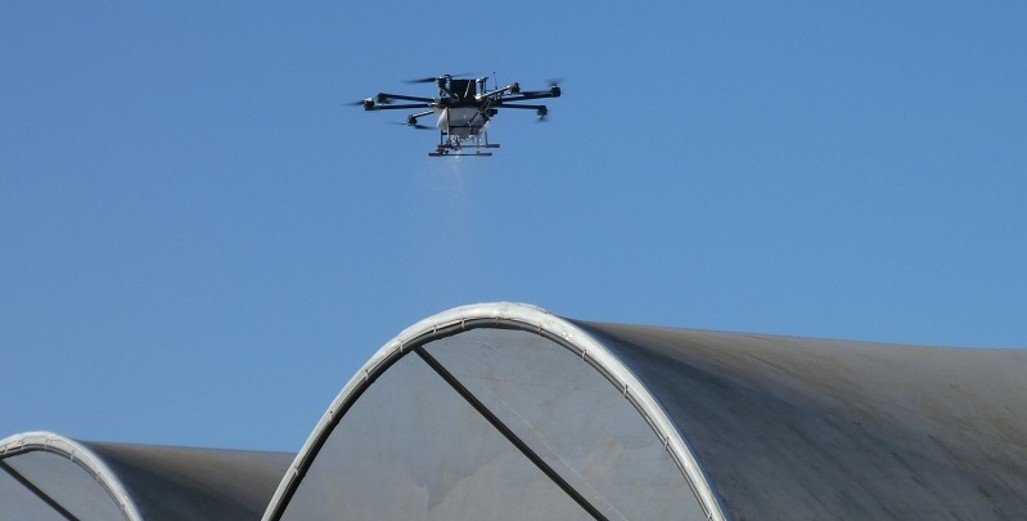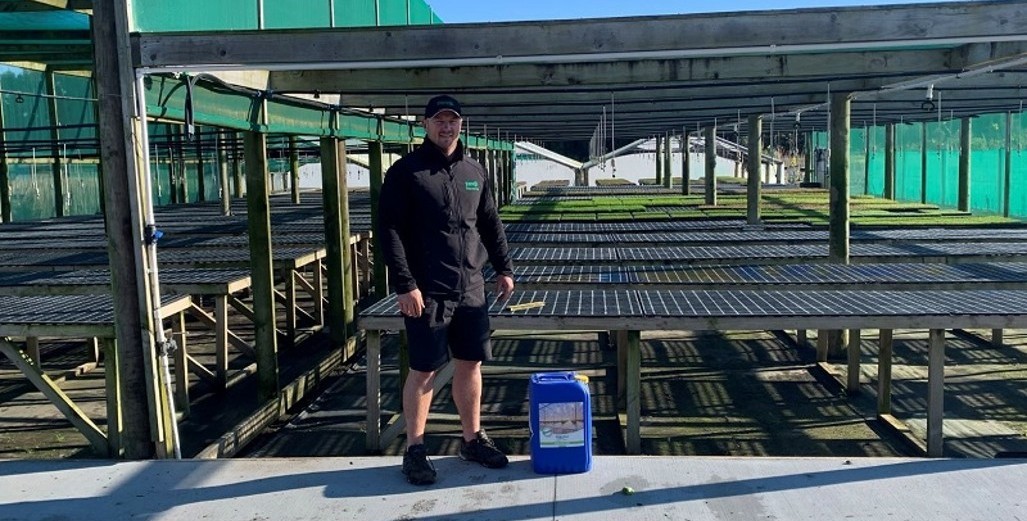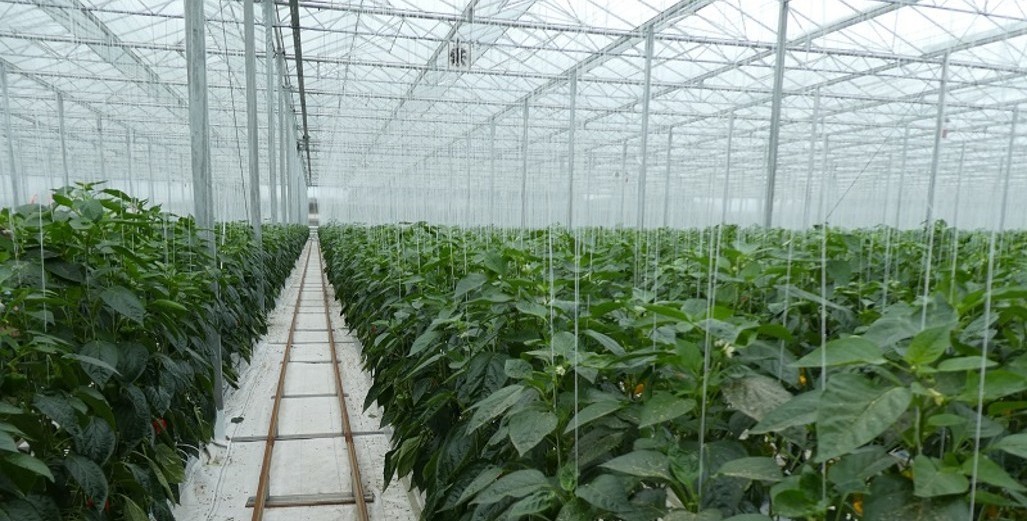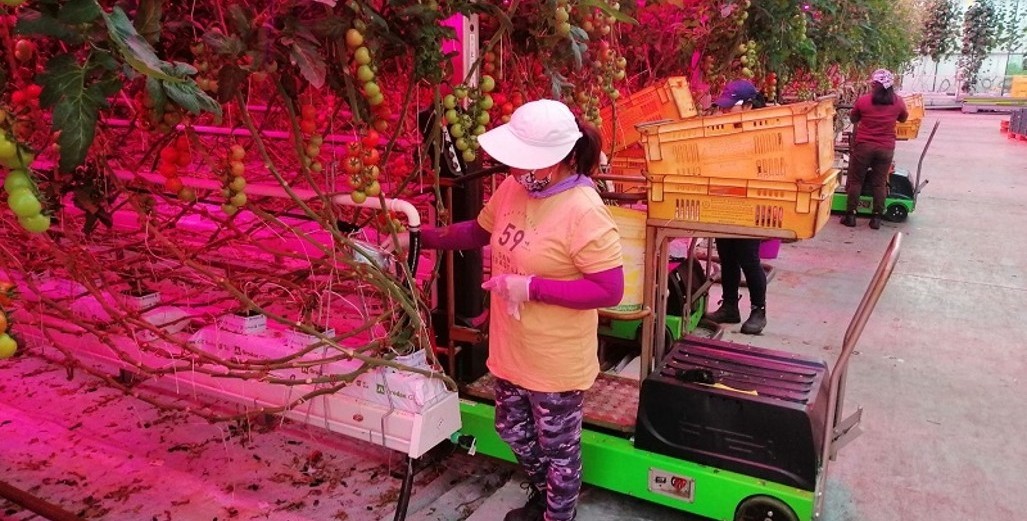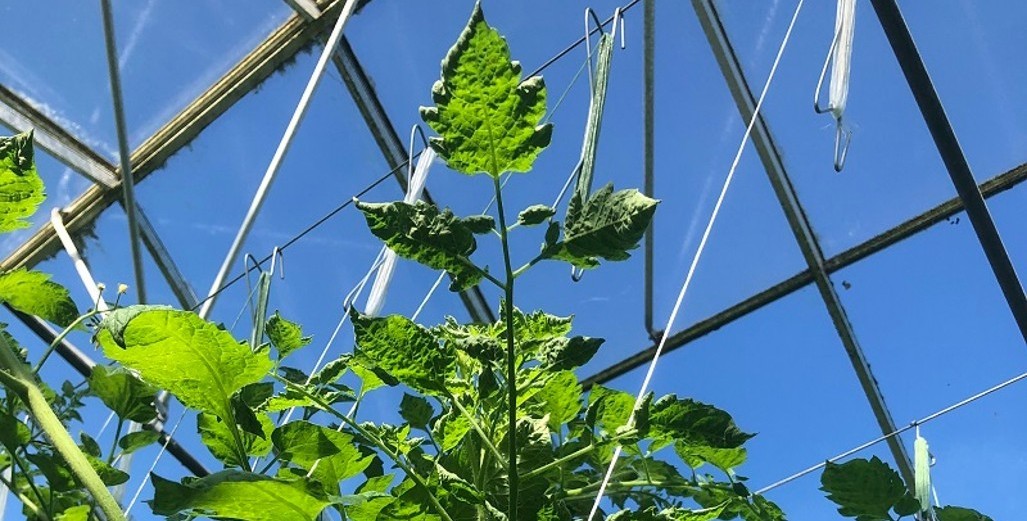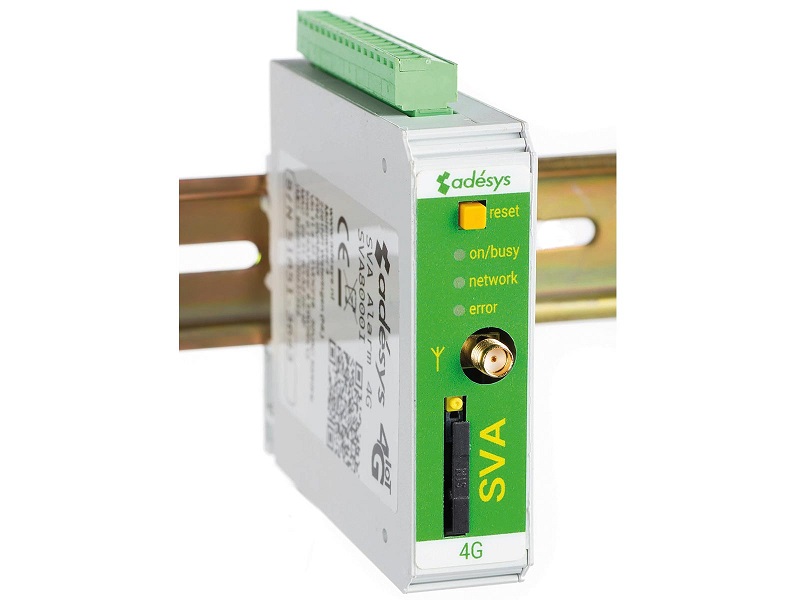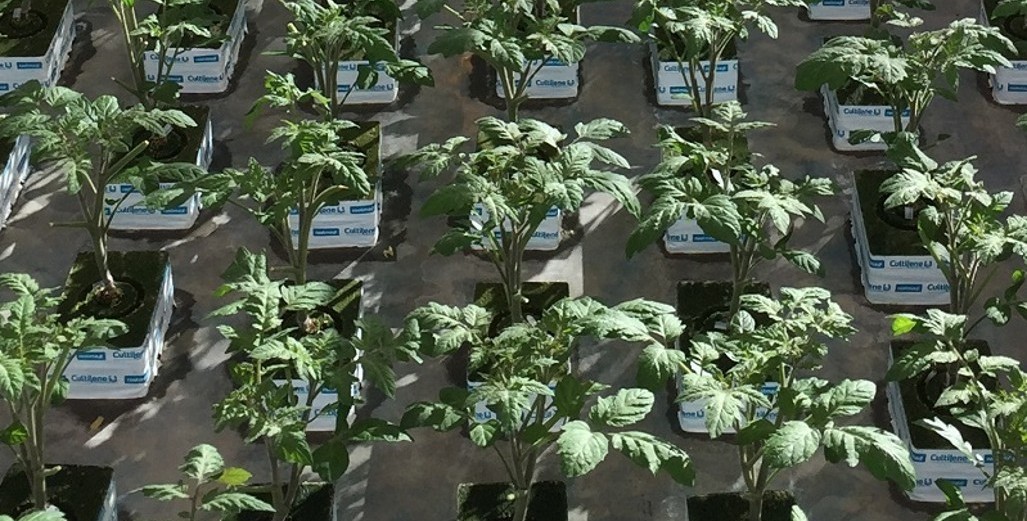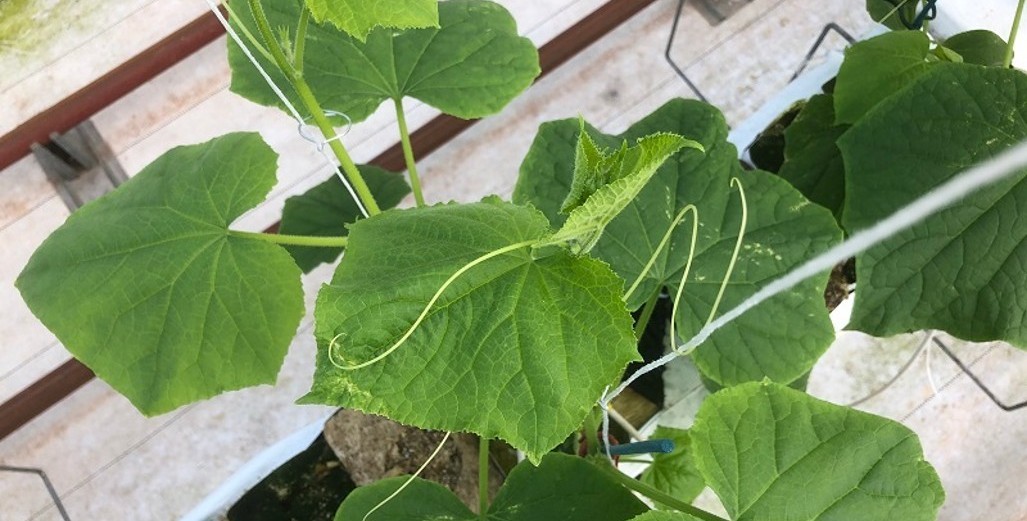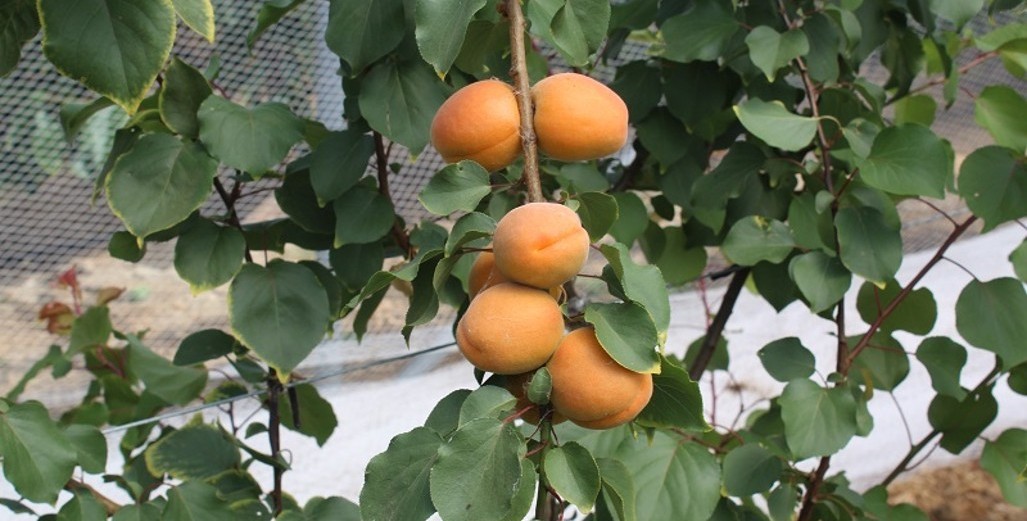Safer way to control moss and mould and apply shading
Last week I was invited by Marco Lozada from De Ruiter to take a look at a drone that was spraying a solution to clean of moss and mould from their tunnel houses in Tuakau. It has been something I have been urging a few different drone companies to investigae in the past few years. There are thousands of hacteres of tunnel and greenhouses in New Zealand and not all of these can be serviced via a helicopter or the properties are not equiped or built to have automatic roof sprayers/washers.
Drone technology is improving all of the time. In the recent past certain products I would like to be used have been resticted by the size of the drones pay load, battery life and pump sizes. The technology is improving and potentially with the right investment drone companies may have the ability to invest in alternative drones if the market is there. Climbing up and cleaning a greenhouse roof is not for everyone, it has its dangers. Spraying with a drone will dramatically reducehealth and safty concerns, especially on for greenhouse growers that do not have access to automatic roof sprayers.
The company spraying the plastic houses at the De Ruiter site in Tuakau was Agdrone Ltd. It was approximately 15 months since they sprayed for Moss & Mould on their first tunnel and glass houses. Director of Agdrone Ltd and Pilot Warrick Funnell was told by his first greenhouse house client that even a 10% reduction in light will equate to a 10% reduction in crop growth. Warrick set about finding out and learning the best way for drones to become involved in applying effective chemicals for this purpose.
The advantages of using drones are:
- Health and safety of staff is not an issue.
- Can spray greenhouses not accessible by helicopters.
- Can spray greenhouses that are not set up or capable of using roof washers.
- No scaffolding or ladders.
- No hoses.
- No roof damages.
- Unlimited reach from the sides. Therefore, complete coverage.
- We have never damaged a roof through excessive rotor wash.
- Its quick easy and not invasive.
- Very limited drift. Can operate in tight spots where others machines are not able to.
- It is very effective.
One of the first tunnel house jobs Warrick completed was on a 1.4 hectare set of tunnel houses growing strawberries. The grower asked to have 4 tunnels houses coated with a moss and mould cleaning solution as a trial. The following season Agdrone applied the same product to approximately 1 hectare of the tunnel houses. The owner of the strawberry operation commented It could take up to 6 months for wash clear most of the discolouration caused by the moss and mould. Warrick said that this was in line with results we have observed on other tunnel houses and commercial building roofs. The process is not an overnight one but does work.
Agdorne’s application process is using a double pass when spraying. Warrick said they spray in small blocks, as the second pass needs to be completed within 30 minutes of the first pass.
Warrick has found to be effective; they need to apply water at a rate of a minimum of 800 litres per hectare. The dilution rate is different to the normal rate. Warrick’s experience in the last 15 months or so has lead him to what he and his team believe to be the most effective rate for drone operation.
Agdrone certainly wishes to become more involved in the control of Moss & Mould on tunnel and glass houses. Providing they are able to map a series of jobs in one trip, we are really happy to travel to the Auckland and other regions to work. The biggest on site input from the client is to provide us with a forklift or similar with a cage so the Pilot has unrestricted line of site during each spray run.
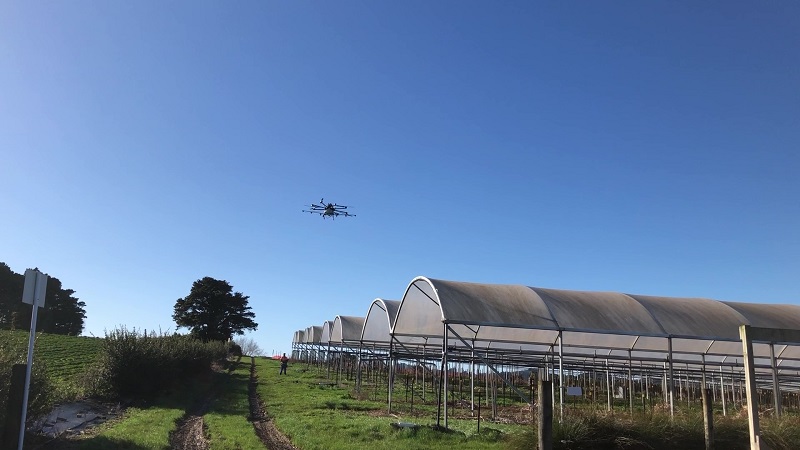
A typical spray day would be between 4-5 hours of logged flight time. Which would mean about 6-8 hours on site. The area covered in that sort of a day would be up to 1.25 Hectares. It is important to note that if the wind gets to around 10KMPH or more we will stop spraying. Therefore, a lot of time can be lost due to high wind speed or rain.
Agdrone have their own dedicated spray trailer for this purpose which has never had anything in it except water and moss & Mould spray.
If you are interested to then check out this clip or contact Warrick below:
https://www.youtube.com/channel/UCdYd8oKe-OUfawK05pQzrVw
https://www.facebook.com/pages/category/Agricultural-Service/Agdrone-Ltd-101167528056840/
Agdrone Ltd
Director Pilot Warrick Funnell 0274 428 322
Pilot Lewis Polglaze 021 228 2998
Director Admin Jan Funnell 021 063 1172
66 Wikitoria Rd Whanganui 4501
Article written and compiled by Stefan Vogrincic
All Article’s checked and edited by Marie Vogrincic
I appreciate your comments. Please feel free to comment on the grower2grower Facebook page:
https://www.facebook.com/StefanGrower2grower/


